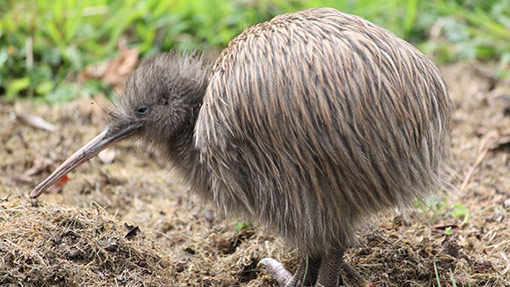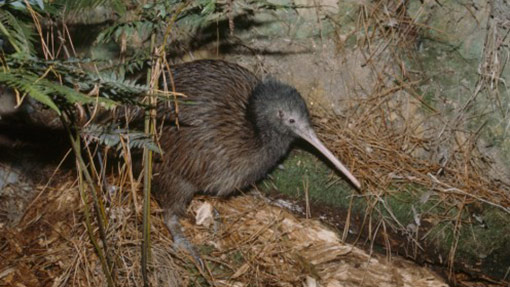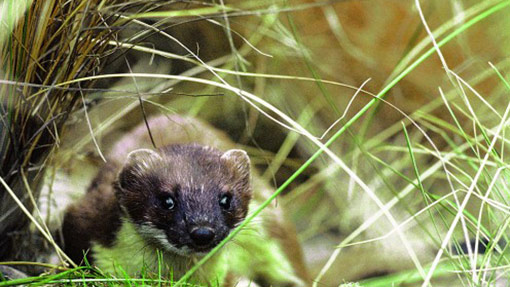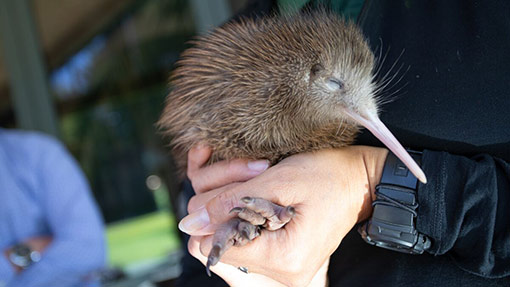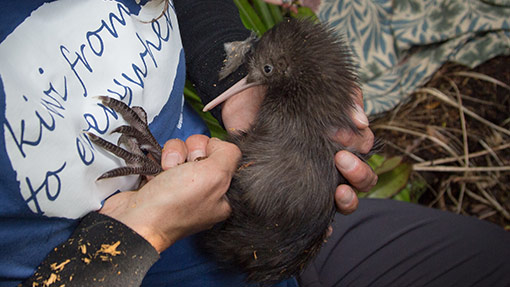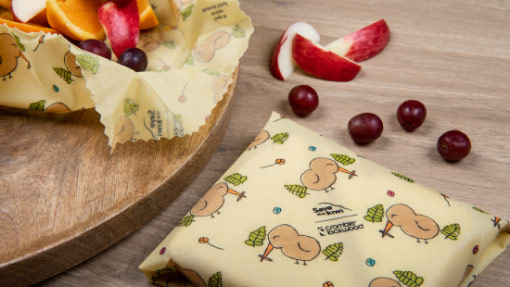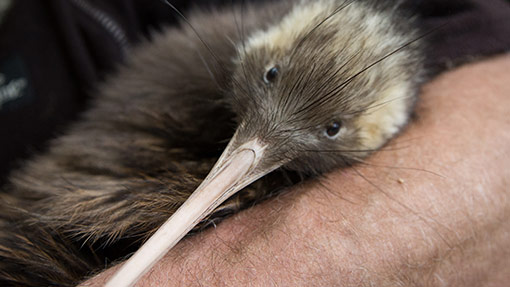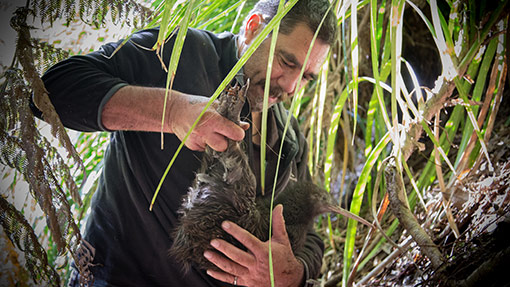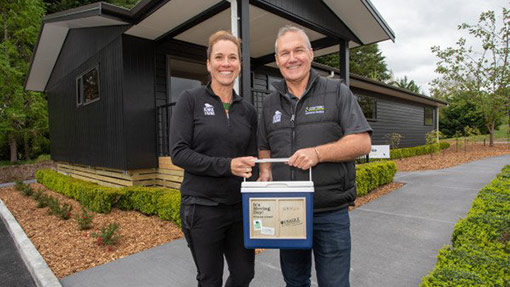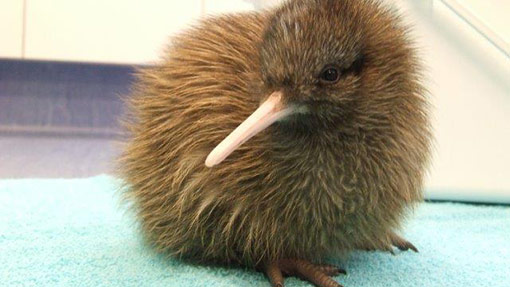Just over a year ago, I started a conversation about cats and the associated issues around them.
Since then, I’ve had a great response from all sides. I haven’t set out to offend anyone, but rather to have an honest up-front conversation about the issues at hand and what to do.
We will never all agree on everything. But that doesn’t mean we should dodge hard conversations. No, it means we should have them respectfully and be OK when we don’t agree.
Here are my two cents’ worth.
Not all cats are created equally
There are three categories to describe cats: domestic (domestic living and domestic fed), stray (wild living but supplementary fed), and feral (wild living and wild self-fed).
The second category is where the line starts to get blurry. Most people would suggest that if a cat does not add value as a companion animal, what is its purpose? The stray cat issue is due to some people believing in their hearts that all cats have a right to life and as such, they should be allowed to live free and be supported to do that, and fed to help them. Go back to my first blog on this topic around anthropomorphism and you will see touches of that here.
Unfortunately, many people live far from wild places. When it comes to connection with nature and an understanding of how it works, they know and connect more with cats than our taonga species. The reality is that ‘nature’ means ‘cats and sparrows’ to many people. With an increasingly urban population, don’t expect that to change quickly. To combat this, we need to connect all people more with the wonders of wild native nature.
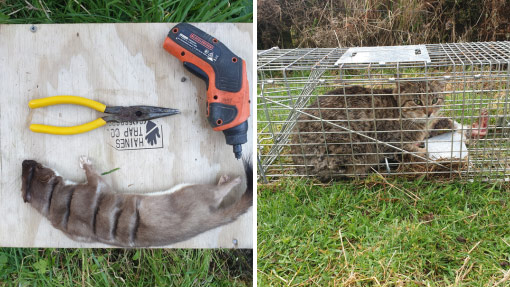
A trapped stoat and a trapped feral cat. Does one evoke more emotion than the other? If it does, why is that and is it fair to the animals to think of them differently?
The impact of cats on the environment
We all have to be honest around the impact that stray cats can have on native wildlife – and this is where things start to get messy. There are people in the pro-cat lobby who are quite happy to look the other way on this topic because they believe deep down that cats have a higher right to existence than some less attractive types of fauna. They also believe that cats have a right to go and roam where they please.
The reality is that, as with many things in life, people will often think more with their hearts than their heads. I absolutely support and respect the right of a person to have a cat, but they need to support the right of native wildlife and domestic stock and other people not to be impacted by that.
How to combat the impact of cats
You can neuter all the stray cats in the country, but the reality is (I am using that phrase a lot here, but I need to) that while they are alive, they can and will continue to have a devastating impact on wildlife around them. Stopping them breeding doesn’t stop them killing.
I think that we are fast approaching a time where cats will be required to be registered and contained. And if they can’t be, they will be treated as feral.
For people who love cats and for conservationists and protectors of our taonga, I think this will be a win-win. The only losers will be feral cats. Unfortunately, in this conversation we cannot please everyone or keep all cats alive.
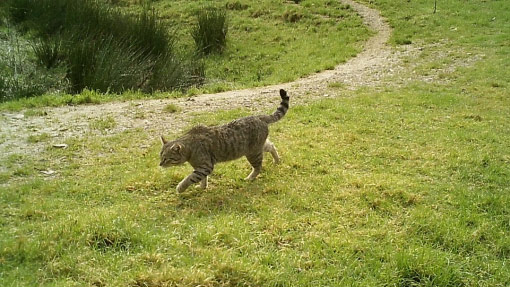
A cat moving through farmland and caught on a trail camera. So, is it a feral or someone’s pet? And can you tell for certain? And would a native species care?
More feral cat chat
Along with the recent (and rapid) increase of feral cat numbers, we have seen a corresponding awareness of the impacts they can have, even outside of killing native animals. For example, farmers know more than most about how many feral cats are out there and the impacts that they can have – just ask any farmer who has lost a heap of lambs to feline toxo. Just recently, feline toxo was also found in native wildlife inside a fenced – and cat-free – sanctuary!
Feral cats are in the media more and more too. Look at the reaction to the recent South Island hunting competition that listed feral cats on the entry list. The competition pulled then re-added feral cats with some additional criteria to ensure humane treatment.
My view is that any and all animals deserve to be treated with the utmost respect – and not just because they look like Tiddles. Shooting done right is very humane. The number of feral cats that was entered that weekend was alarming. There are a lot out there, but because they are often nocturnal, people are often also blissfully unaware.
Paddy Gower Has Issues recently did a feature on feral cats and the fight to protect taonga from them. The biggest take-home message was the lady from the SPCA admitting on camera that the SPCA supported the humane killing of feral cats. I have real respect for the SPCA coming forward with that. Remember that they are supported through donations, many of which are from huge cat lovers.
Protecting biodiversity
So how do we protect biodiversity but also protect people’s right to own a pet cat, with all the joy and comfort they bring to so many? I think we need to better-control what pet cats can do.
The simplest option is to restrict pet cat movements and ensure that pet cats are known and able to be identified. While I am not a fan of regulation for regulation’s sake, I think this makes sense.
The ‘catio’ (a cat patio) concept is one that is being used a lot overseas and the findings from cat owners has been a positive one. Their cat is safe from roads, other cats, dogs and other issues. The cat has the run of both the dwelling and an outdoor area where it can stretch its legs and sun itself. And native wildlife around the area is safe from that cat. No longer can that cat kill lizards and fantails or sit waiting underneath a tree where kākā chicks are fledging.
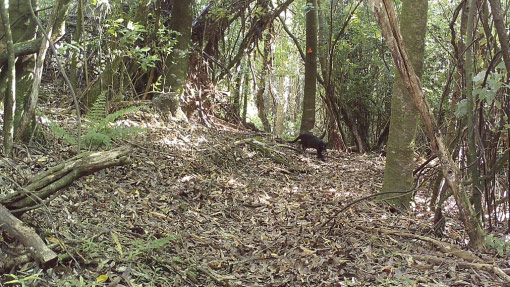
A cat in the bush. At what point does location confirm they are feral? And how can you be sure? If feral and domestic cats are allowed to share the same territory, the odds of a sure bet are against you.
Feral cat next steps
What do I think needs to happen next?
- Domestic cats should be registered, collared and chipped for ID, and kept and contained in a way that they are comfortable, healthy, and safe.
- All other cats should be described as feral and targeted for humane but permanent removal.
- Feral cats should be added to all Regional Pest Management Strategies (if not already), as well as to the list of targeted pest species under PF2050.
- The effort to target and reduce feral cat numbers everywhere should be significantly increased, as well as better researched and coordinated. People tasked with this mahi need to be able to stop walking on eggshells, while remaining sensitive and respectful.
- Conservationists and cat lovers everywhere need to work together on this plan and respect each other’s right to love pet cats or want them gone from the wild – whatever way they lean.
Working together to solve the cat problem
Point 5 is really the crux of the matter. Cat lovers need to come to terms with the way that nature actually works. Nothing can live, and nothing not die, as a result. Just because you don’t see what a cat does at night, doesn’t mean it isn’t happening. We started this issue 200 plus years ago when we brought cats into New Zealand, and now it’s up to us to fix it. Burying our collective heads in the sand and fighting with each other will not achieve that.
Conversely, those of us tasked with fighting this battle on the frontline need to wake up every morning and have a big plate of respect for breakfast, as I know so many already do. Cats are not something to be hated. Feral cats didn’t ask to be here. They are just doing what nature put in their job descriptions.
So, when you go to work and target feral cats in the fight to protect our taonga, do it with sadness that you have to do that, and absolute respect for the animal as you do.


